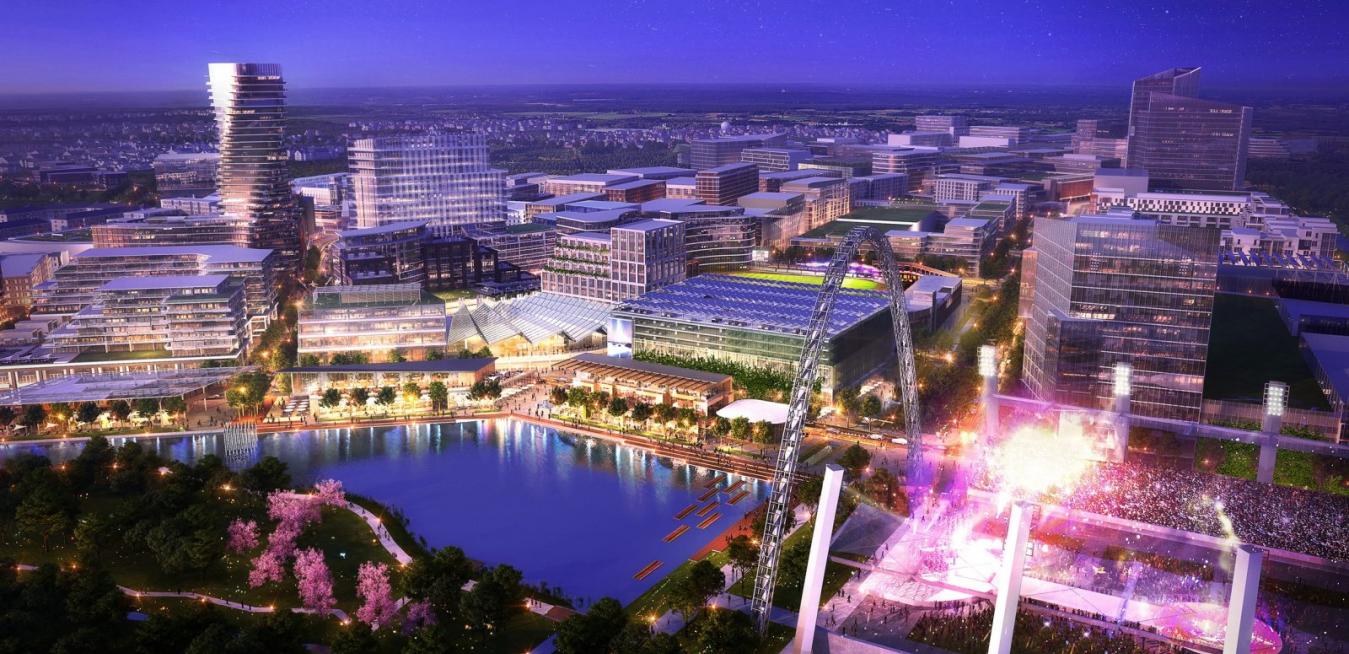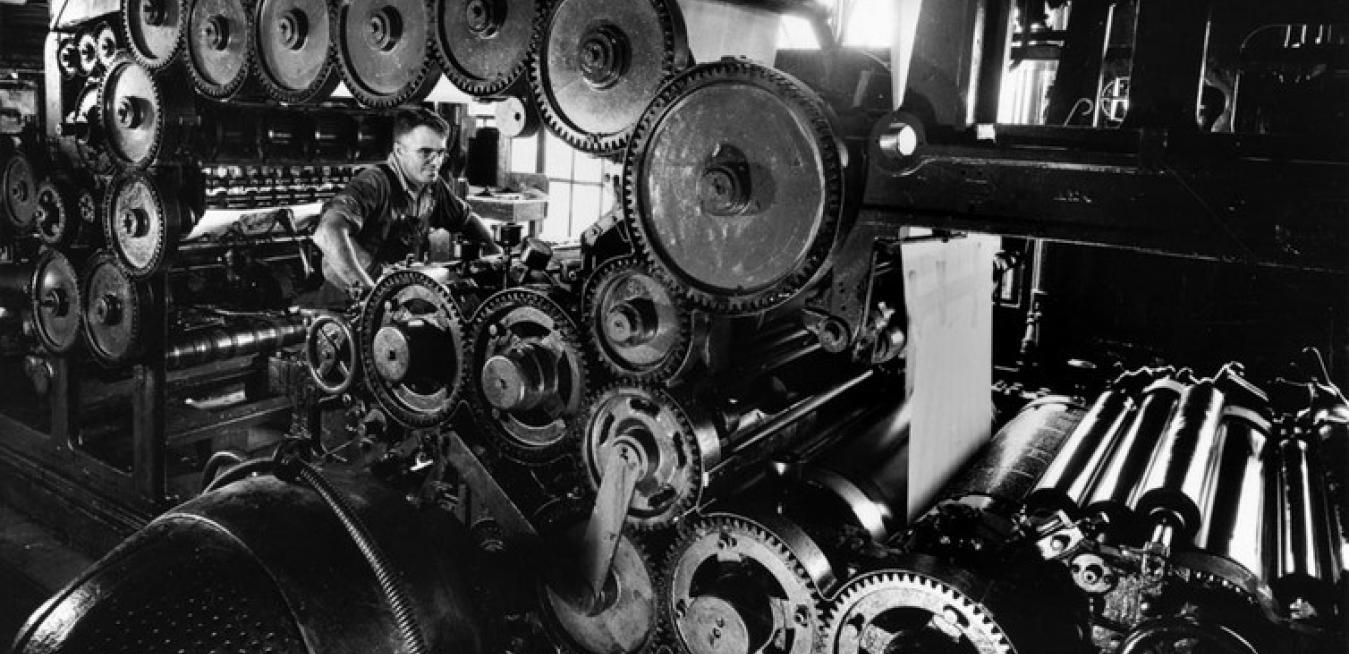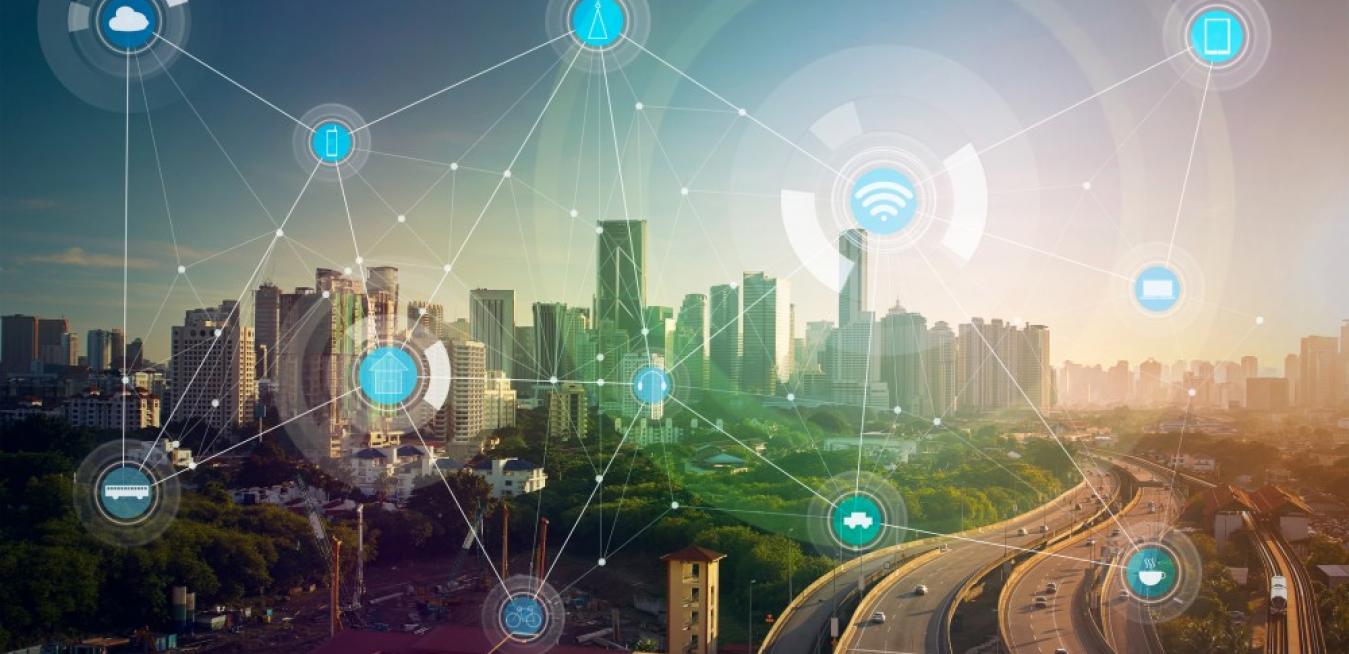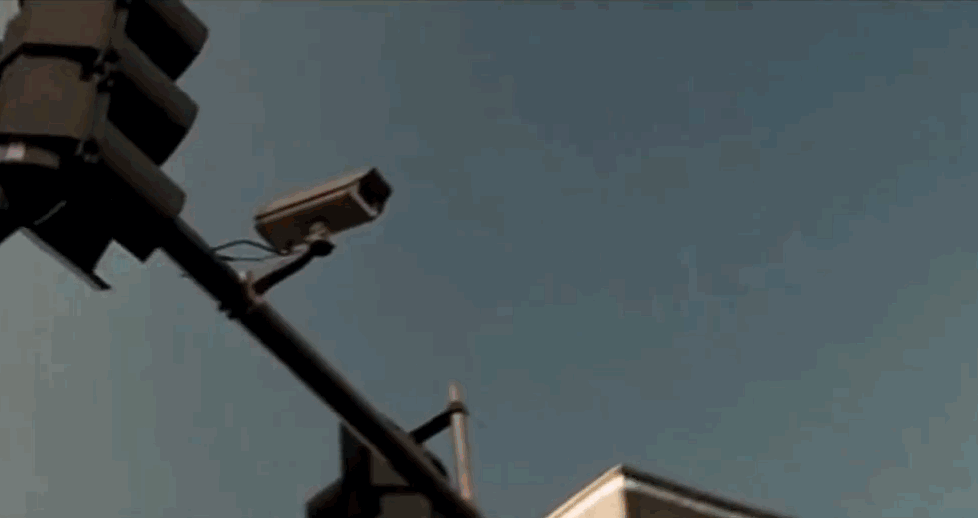But for the past 20 years, the 1,500-acre piece of land — which spreads over two counties and three townships — has sat vacant because of arguments about conflicting zoning rules and the challenges of dealing with multiple South Shore municipalities.
When it comes to designing infrastructure, one thing is for sure: Big Data collected through the IoT will play a key role in growing the megacities of 2050, including using data to watch people’s movements and creating smarter mobility. But creating smart cities means more than using the IoT to optimize services or communicate information to residents. It should frame local government decision-making around city transformation.
There’s a popular saying in Chinese urban geography and architecture: “If you want to understand 5,000 years of Chinese civilization look at Xi’an, 1,000 years look at Beijing, modern China look at Tianjin.”
Data centers are taking over the factories where workers once processed checks, baked bread and printed Bibles. What will the rise of the information-based economy mean for American cities?
Ideas like an open digital platform make sense for the next era of smart cities and enterprise. Businesses and digital cities have a lot to learn with data from the Internet of Things.
Building true digital cities will need more than investments in infrastructure technology. The education that students receive in schools will determine who will build and benefit from the Smart City 2.0 movement.
Our world is changing at an incredibly fast pace.
As they invest in smart technologies to improve services and save money, cities also need to step up security against cyber threats.
Cities are incorporating new technologies at an increasingly rapid pace, becoming ever smarter. Newer technologies — along with faster and easier connectivity — allow cities to optimize resources, save money and provide better services to their citizens.












